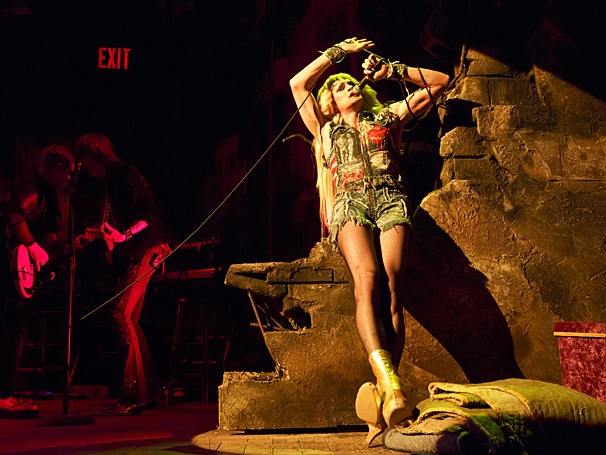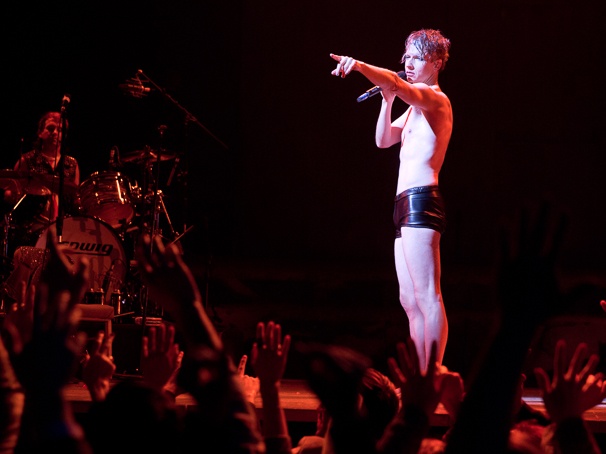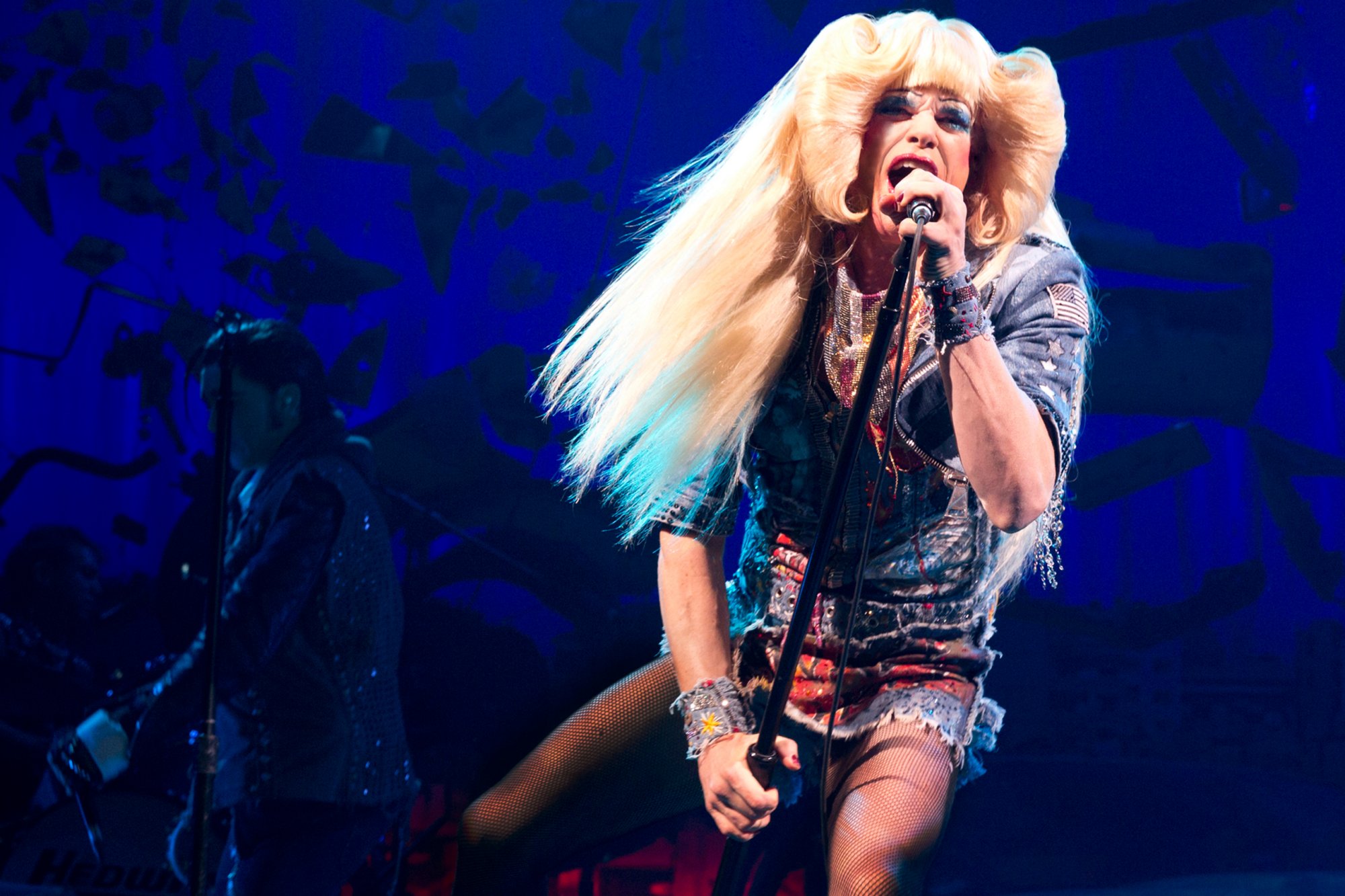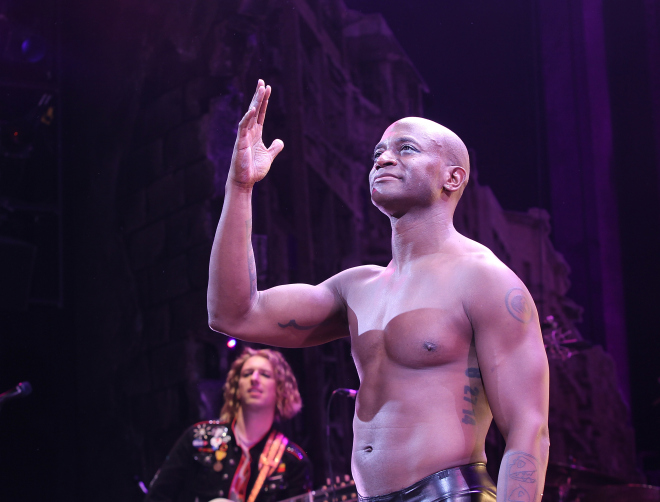Earlier this week, "Hedwig and the Angry Inch" played its final show after 507 performances. The production didn't turn much of a profit, if at all, but it was a culturally significant musical. Yes, it swept up a host of Tonys, but just as importantly, it connected with audiences by depicting - through phenomenal music - an outcast's search for self-acceptance.
Hedwig probably doesn't come to mind when you think of shows that take an expansive approach to casting. But the six starry actors who put on Hedwig's blond wigs, gold boots, and denim skirts varied in race, sexual identity, body type, and age (from mid 20's to early 50's). The actors - Neil Patrick Harris, Andrew Rannells, Michael C. Hall, John Cameron Mitchell, Darren Criss, and Taye Diggs - each brought his own style to the part: a varying combination of energetic, fierce, comedic, and fragile. And while each had to pull off a pair of unforgiving black booty shorts for the final number, Mitchell's attenuated limbs conveyed a very different visual than Diggs' brawny muscles.
Diverse casting works well for "Hedwig" because the title character's struggle is inextricable to her discomfort with her body. How she looks is secondary to how she feels. When John Cameron Mitchell (the original "Hedwig" creator and a star in this Broadway run) injured his leg during a show, he performed subsequent shows wearing a crutch and leg brace. It suited the character just fine.
And for the first time in Hedwig history, the show starred two African American actors, Taye Diggs and Rebecca Naomi Jones, in the lead roles of Hedwig and Yitzhak. It was a rare instance in theater where two black actors carried a story that had nothing to do with black culture, history, or identity.
The differing appearances of Hedwig and Yitzhak added something to the action onstage. Certainly, they impacted the diverse audiences who flocked to the show, not only to see a celebrity in drag, but also to see a facet of themselves.
photo credit: Joan Marcus, Joseph Marzullo





